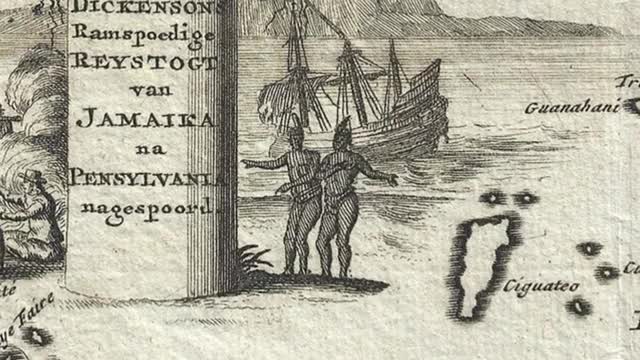Seminole Wars reveal conflict over territory and survival in early Florida
This article was created by AI summarizing key points discussed. AI makes mistakes, so for full details and context, please refer to the video of the full meeting. Please report any errors so we can fix them. Report an error »

The Town of Jupiter, FL, is taking significant steps to honor and preserve the history of Indigenous peoples in the region, as highlighted in a recent government meeting focused on the Centennial History Video project. This initiative aims to shed light on the rich and often tumultuous history of the local Indigenous tribes, particularly the Seminoles, who faced immense challenges during European settlement.
The meeting underscored the importance of documenting firsthand accounts, such as those from survivors like Dickinson, who provided valuable insights into the Indigenous way of life. As European settlers pushed deeper into Florida, Indigenous populations suffered from disease, conflict, and loss of land, leading to the emergence of the Seminoles—a resilient group formed from displaced tribes and escaped African slaves.
The discussion also touched on the historical context of the Seminole Wars, a series of conflicts that spanned nearly fifty years, beginning even before Florida became a U.S. Territory in 1821. The Second Seminole War, triggered by U.S. demands for the Seminoles to relocate westward, was particularly significant. The Seminoles utilized guerrilla tactics and their intimate knowledge of Florida's wetlands to resist U.S. military forces, resulting in fierce battles near Jupiter in January 1838.
The meeting highlighted the historical sites associated with these events, including Loxahatchee River Battlefield Park and Riverbend Park, which now serve as reminders of the struggles faced by the Seminoles. The establishment of Fort Jupiter in 1838 marked a pivotal moment in military operations, with a trail cut to Fort Lauderdale that remains a significant route today.
As the town moves forward with the Centennial History Video project, it aims to educate the community about this critical chapter in local history and the enduring legacy of the Indigenous peoples of Florida. The initiative not only seeks to honor the past but also to foster a greater understanding of the cultural heritage that continues to shape the region today.
The meeting underscored the importance of documenting firsthand accounts, such as those from survivors like Dickinson, who provided valuable insights into the Indigenous way of life. As European settlers pushed deeper into Florida, Indigenous populations suffered from disease, conflict, and loss of land, leading to the emergence of the Seminoles—a resilient group formed from displaced tribes and escaped African slaves.
The discussion also touched on the historical context of the Seminole Wars, a series of conflicts that spanned nearly fifty years, beginning even before Florida became a U.S. Territory in 1821. The Second Seminole War, triggered by U.S. demands for the Seminoles to relocate westward, was particularly significant. The Seminoles utilized guerrilla tactics and their intimate knowledge of Florida's wetlands to resist U.S. military forces, resulting in fierce battles near Jupiter in January 1838.
The meeting highlighted the historical sites associated with these events, including Loxahatchee River Battlefield Park and Riverbend Park, which now serve as reminders of the struggles faced by the Seminoles. The establishment of Fort Jupiter in 1838 marked a pivotal moment in military operations, with a trail cut to Fort Lauderdale that remains a significant route today.
As the town moves forward with the Centennial History Video project, it aims to educate the community about this critical chapter in local history and the enduring legacy of the Indigenous peoples of Florida. The initiative not only seeks to honor the past but also to foster a greater understanding of the cultural heritage that continues to shape the region today.
View full meeting
This article is based on a recent meeting—watch the full video and explore the complete transcript for deeper insights into the discussion.
View full meeting